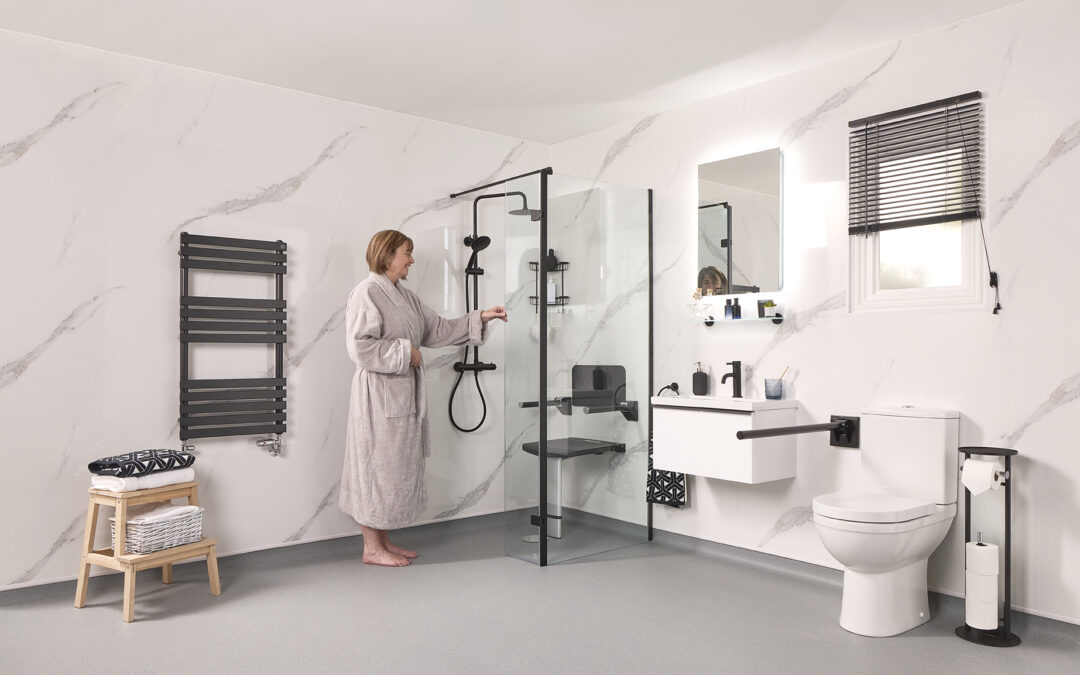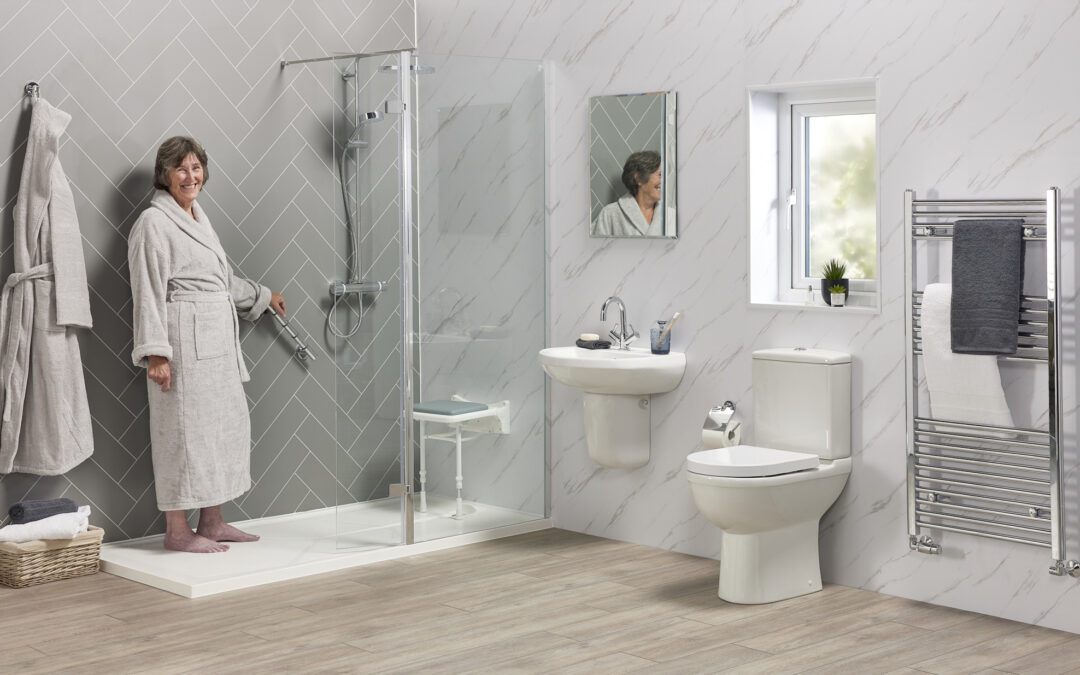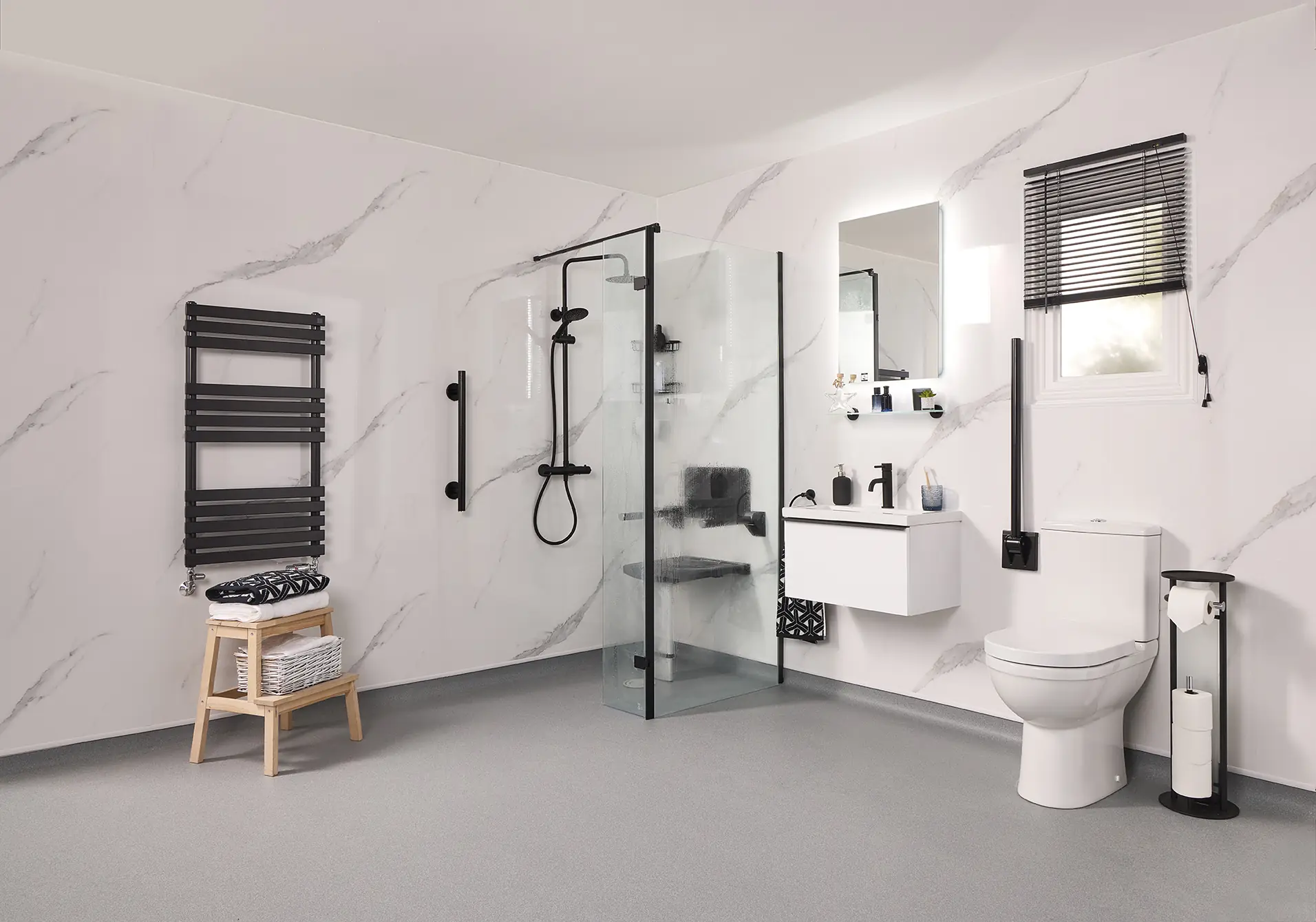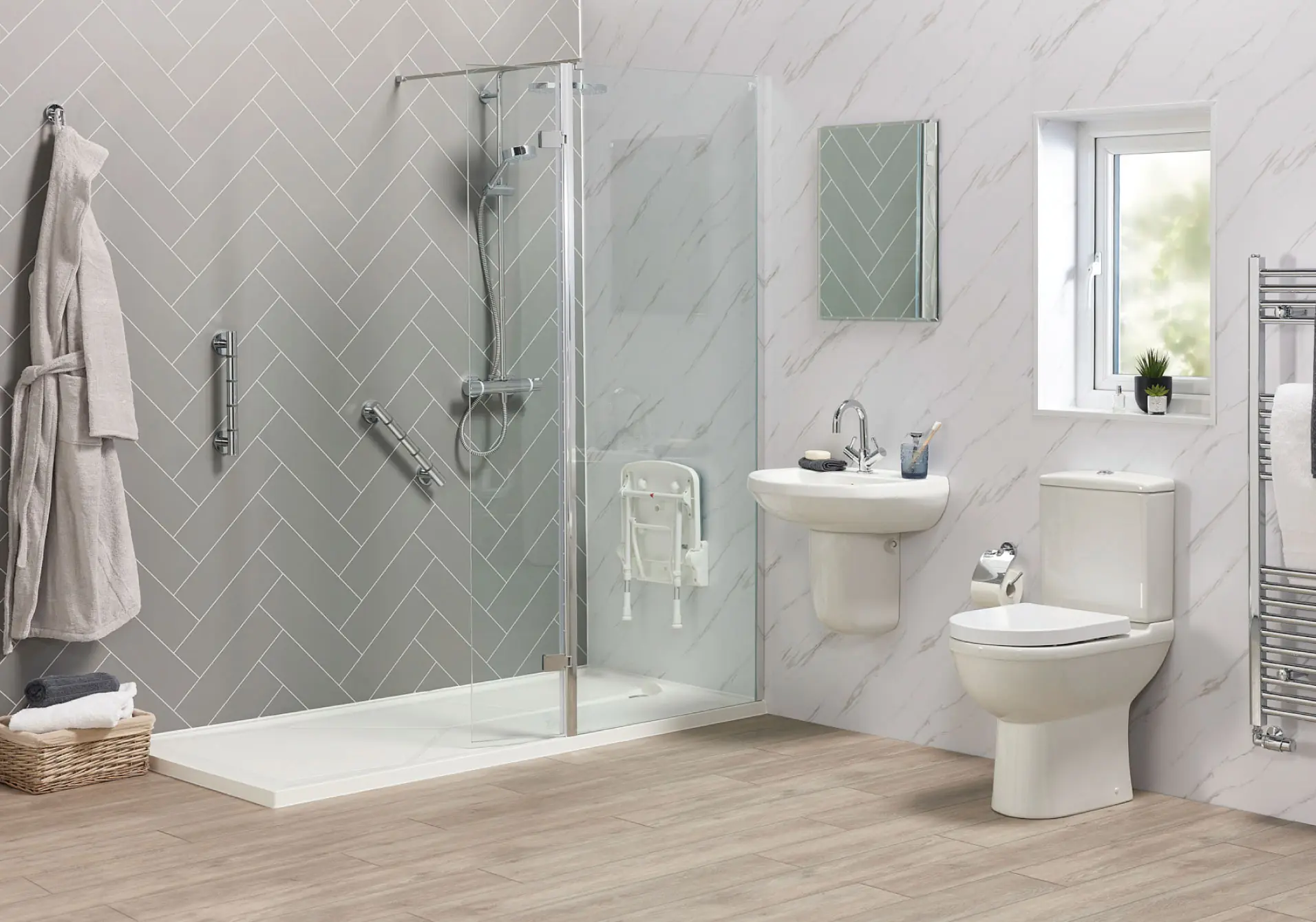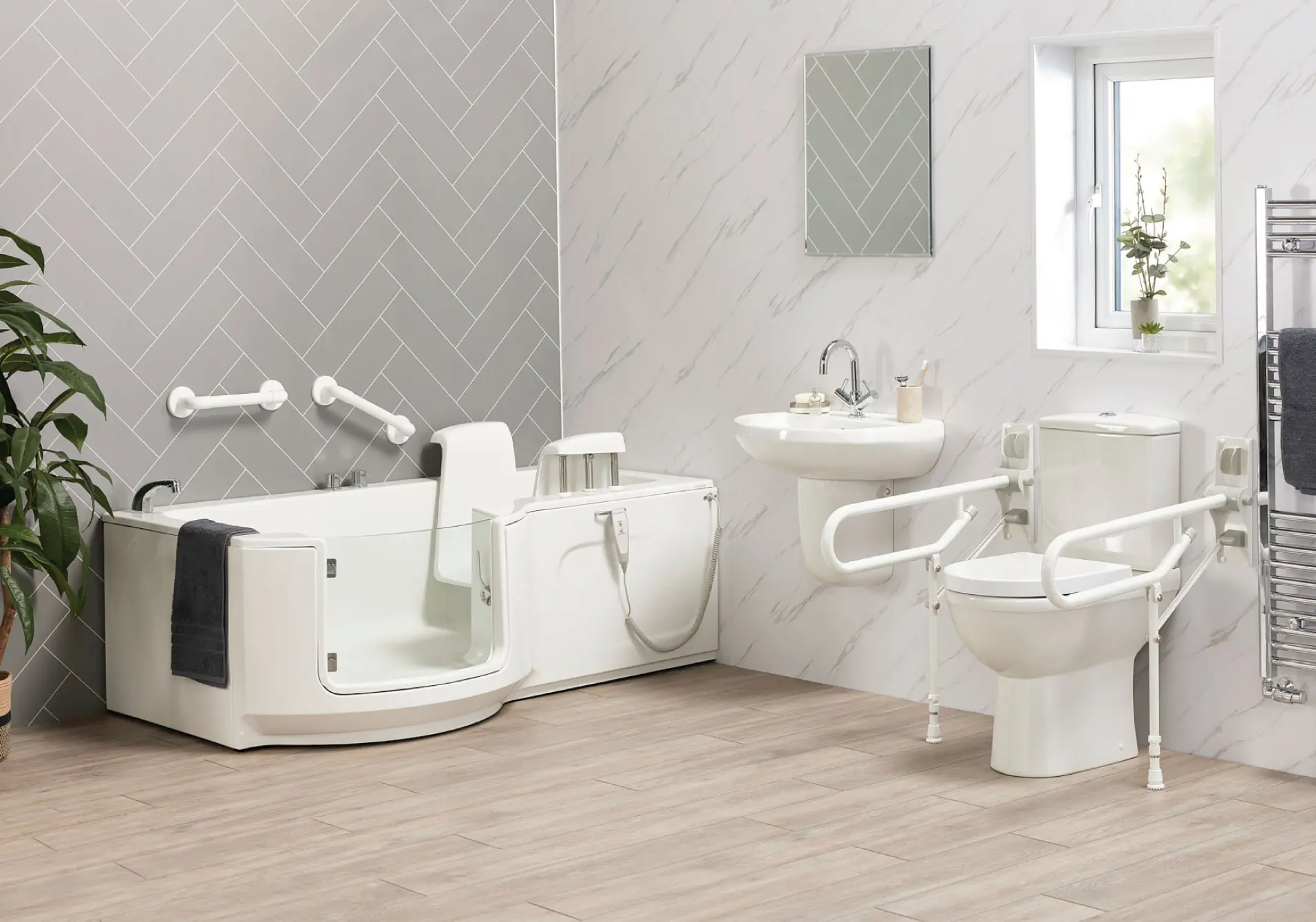In the realm of patient care, especially for those with mobility challenges, caregivers consider a hoist an indispensable aid. These devices, known by various names such as patient lifts or medical lifts, serve in different healthcare settings. They provide crucial assistance to caregivers in lifting and transferring individuals who are unable to move independently. From ceiling hoists to mobile variants, each type of hoist offers unique benefits suited to different environments and needs.
What is a Hoist?
A hoist, also known as a patient hoist, patient lift, or a medical lift, assists caregivers in lifting and transferring patients who have mobility issues or are unable to move on their own. “These devices particularly benefit patients who have physical disabilities, are elderly, or are recovering from surgery or injury.
Patient hoists come in various designs and configurations, but they typically have a sling or harness attached to a mechanical or electric lifting mechanism. Caretakers often mount the lifting mechanism on wheels or a track system to facilitate movement and positioning of the patient.
Different Types Of Patient Hoist
Ceiling Hoists
Ceiling hoists, also known as overhead hoists or ceiling track hoists, utilise a track system mounted to the ceiling. These hoists are designed to move along the track. This feature provides a versatile and efficient means of transferring patients within a room or between rooms. Healthcare facilities often use ceiling hoists where frequent patient transfers are required, as well as in home care settings. Moreover, these hoists offer the advantage of freeing up floor space and eliminating the need for manual pushing or pulling, reducing strain on caregivers.
Gantry Hoists
Gantry hoists consist of a freestanding frame with a horizontal beam or track mounted on top. They are portable and users can move them around as needed, making them suitable for settings where a fixed ceiling hoist may not be practical or available. Gantry hoists are commonly used in rehabilitation centers, workshops, and industrial settings for lifting heavy objects or patients. They offer versatility and flexibility in terms of positioning and can be easily adjusted to accommodate different lifting requirements.
Mobile Hoists
Mobile hoists, also known as floor hoists or portable hoists, allow for standalone operation as users move them across the floor to lift and transfer patients. They typically feature wheels or casters for easy maneuverability and can be operated manually or electrically. In home care settings, nursing homes, and hospitals, mobile hoists are commonly used where ceiling hoists or gantry hoists may not be installed. They offer flexibility and convenience, allowing caregivers to transfer patients between different locations without the need for permanent fixtures or infrastructure.
Each type of hoist has its own advantages and limitations. The choice of hoist will depend on factors such as the specific needs of the user, the setting in which it will be used, and budget considerations.
What Is A Hoist Used For?
In the journey towards inclusive care and enhanced quality of life, hoists emerge as indispensable allies. Their diverse types cater to varied needs, ensuring safe and dignified transfers for individuals with mobility limitations. Whether in homes, care facilities, or healthcare settings, hoists play a pivotal role in promoting independence, reducing risks, and facilitating smoother care experiences.
For enquiries about home adaptation solutions that includes hoists and their suitability for specific needs, don’t hesitate to contact EA Mobility at FREEPHONE 0808 2812665 or enquiries@eamobility.com. Empower mobility, enrich lives – with EA Mobility.




